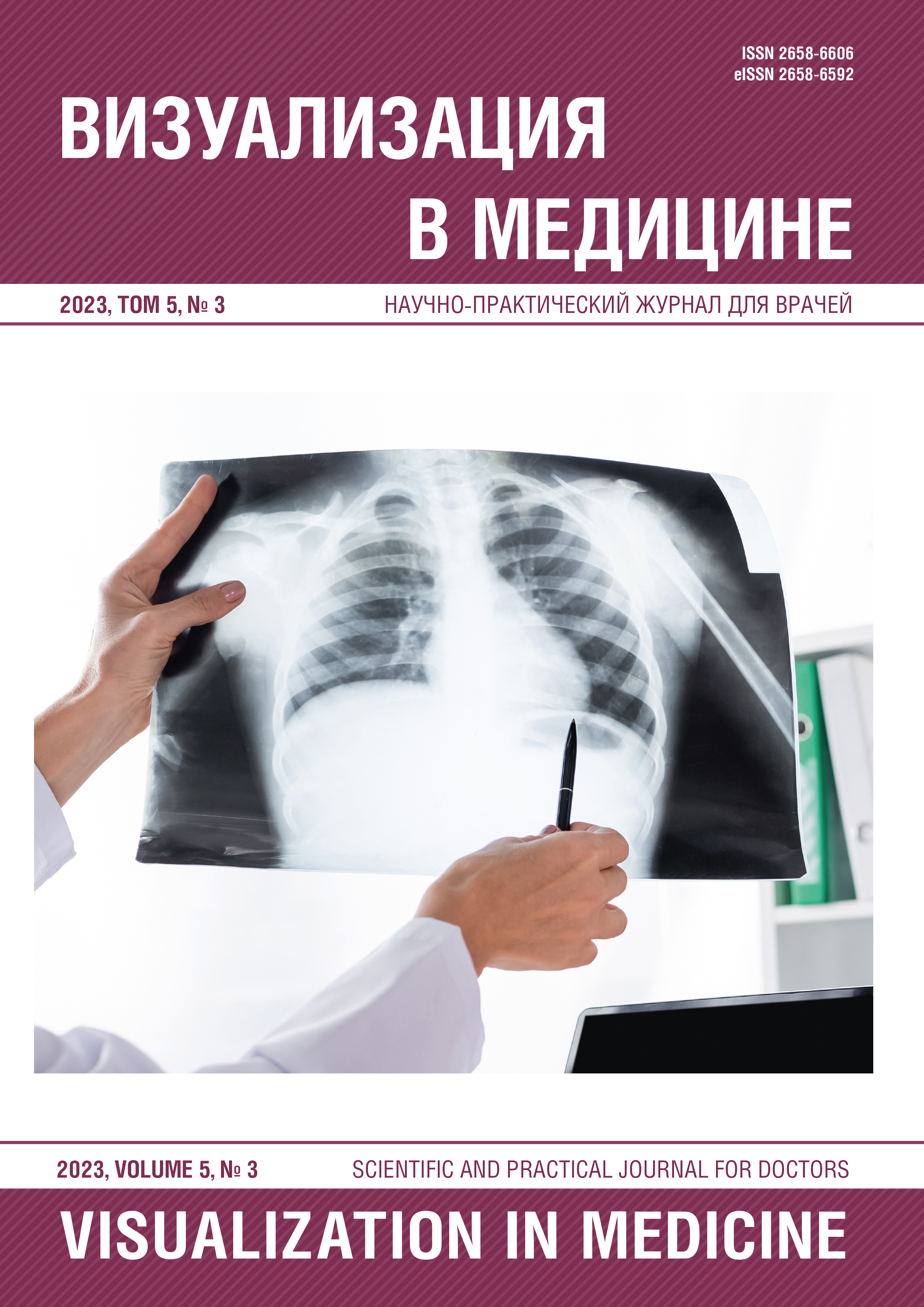ULTRASOUND DIAGNOSIS OF FETAL TOBACCO SYNDROME IN PREGNANT SMOKERS AT THE AGE OF 30–34 WEEKS OF GESTATION
Abstract
The purpose of the study was to determine fetometric and anatomical features of the fetus that characterize damage caused by smoking in pregnant women. 1048 pregnant women were examined, 236 pregnant women who smoked were identified (22.5%). Using inclusion and non-inclusion criteria, a cohort for examination was formed (120 people): 1 group — of non-smoking pregnant women (40 people) and 2 group — with the presence of tobacco dependence (TD) according to the Fagerström test “smoking pregnant women” (80 people), comparison of fetal development indicators in group of smoking pregnant women was carried out in 2 subgroups: 2a who smoked only in the first trimester (embryonic period) and 2b who smoked throughout pregnancy. Real-time scanning was carried out using the ALOKA-4000 device with an installed obstetric program. We confirmed the formation of an early type of fetal growth restriction (FGR) due to tobacco smoking in a pregnant woman. When studying the structures of the brain and facial structures in the fetuses of non-smokers and smoking pregnant women without signs of growth retardation of fetal tubular bones (FTB), significant differences were revealed in the dimensions of the transverse diameter of the cerebellum (p=0.043), orbital width (p=0.007), and internal distance between the orbits (p=0.006). These changes in anatomical features reflect the early toxic effects of tobacco smoking on the fetus. Significantly low head circumference in the group of fetuses without FGR and FGR in smoking women, the presence of low transverse diameter of the cerebellum, orbital width, and hypotelorism may collectively be specific manifestations of the toxic effect of smoking on the fetus and are regarded by us as manifestations of fetal tobacco syndrome (FTS) in smoking pregnant women.
References
Emily Esposito R. et al. An animal model of cigarette smoke-induced in utero growth retardation. Toxicology. 2008; 246(2–3): 193–202.
Brand J.S., Gaillard R., West J. et al. Associations of maternal quitting, reducing, and continuing smoking during pregnancy with longitudinal fetal growth: Findings from Mendelian randomization and parental negative control studies. PLoS Med. 2019; 16(11): e1002972. https://doi.org/10.1371/journal.pmed.1002972.
Conchita Delcroix-Gomez et al. Fetal growth restriction, low birth weight, and preterm birth: Effects of active or passive smoking evaluated by maternal expired CO at delivery, impacts of cessation at different trimesters. Tob. Induc. Dis. 2022; 20: 70. https://doi.org/10.18332/tid/152111.
Ekblad M.O., Blanc J., Berlin I. Special Issue on the Effects of Prenatal Smoking/Nicotine Exposure on the Child’s Health. Int. J. Environ. Res. Public Health. 2021; 18: 56–65.
Lockhart F., Liu A., Champion B.L. et al. The Effect of Cigarette Smoking during Pregnancy on Endocrine Pancreatic Function and Fetal Growth: A Pilot Study. Front. Public Health. 2017; 5: 314. DOI: 10.3389/fpubh.2017.00314.
Мерц Э. Ультразвуковая диагностика в акушерстве и гинекологии. В 2 т.; под ред. А.И. Гуса. М.: МЕДпресс-информ; 2011.
Семенова Т.В. и др. Особенности течения беременности и исходов родов при табакокурении. Журн. акушерства и женских болезней. 2014; 2: 50–8.



